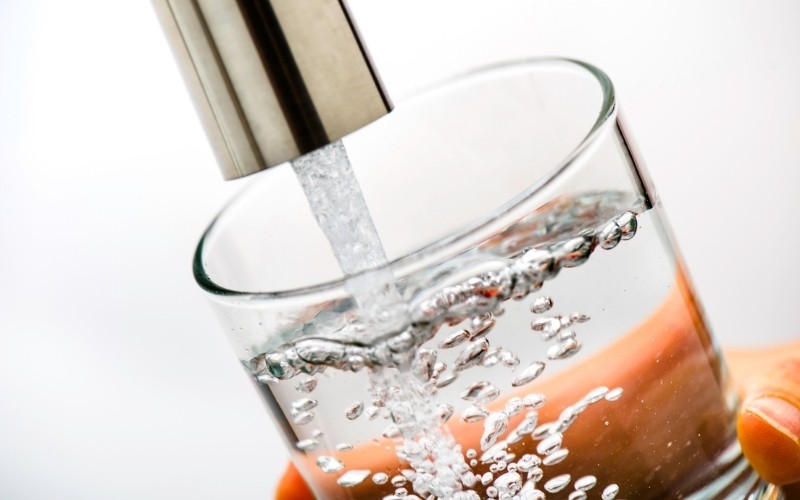People in most of the country can drink tap water without giving it a second thought. Unfortunately, that’s not the case here in West Texas, where hard water and minerals make it nearly impossible to enjoy water from the tap. That doesn’t necessarily make it unsafe, it just means it tastes horrible! Bottled water is an option that can get expensive and creates a lot of trash. What if there was a way to purify your water so you could drink it straight from the tap? In this post, we’ll explain the Reverse Osmosis process and how an R.O. system could work for you and your household!
WHAT IS OSMOSIS?
To define reverse osmosis, you must first define osmosis. Osmosis is when differing molecules merge together to balance each other. Here’s an example: If you poured a glass of dirty water into a glass of clean water, the two would merge. You would still have a glass of water, but it would be cleaner than the dirty water and dirtier than the clean water. That’s because all of the particles would naturally merge together when they are put together. This process is called osmosis.
WHAT IS REVERSE OSMOSIS?
So if osmosis occurs naturally, reverse osmosis does not occur naturally. To make the water clean again, you have to apply a force. An easier way to explain reverse osmosis is to call it a filter. The filter acts as a selectively permeable membrane, meaning the smaller particles will get through, but the larger ones will be left behind. In the example with water, if you force the dirty water through the filter, it will leave the contaminants behind, only allowing pure water to pass through.
PURIFICATION FILTERS
The water purification filters trap particles like calcium and rust before they get into your drinking water. Many systems use a second carbon filter to catch more chemicals – things like chlorine which come in even smaller particles. Finally, a Reverse Osmosis membrane filter uses an ultraviolet lamp to sterilize any remaining contaminants. Depending on the filter type, the sizes of the membrane pores can vary. The smaller the filter, the cleaner the water.
You are essentially doing the opposite of the merging process that occurs during the natural process of osmosis. Hence, this process is called reverse osmosis. Simple, right?
WE’LL COME RUNNING
City Plumbing has the R.O. solution that’s right for your home. Call us today for an appointment at 432-366-2401. We’ll show you your options and help you enjoy cleaner water in your own home. Give us a call and we’ll come running!





